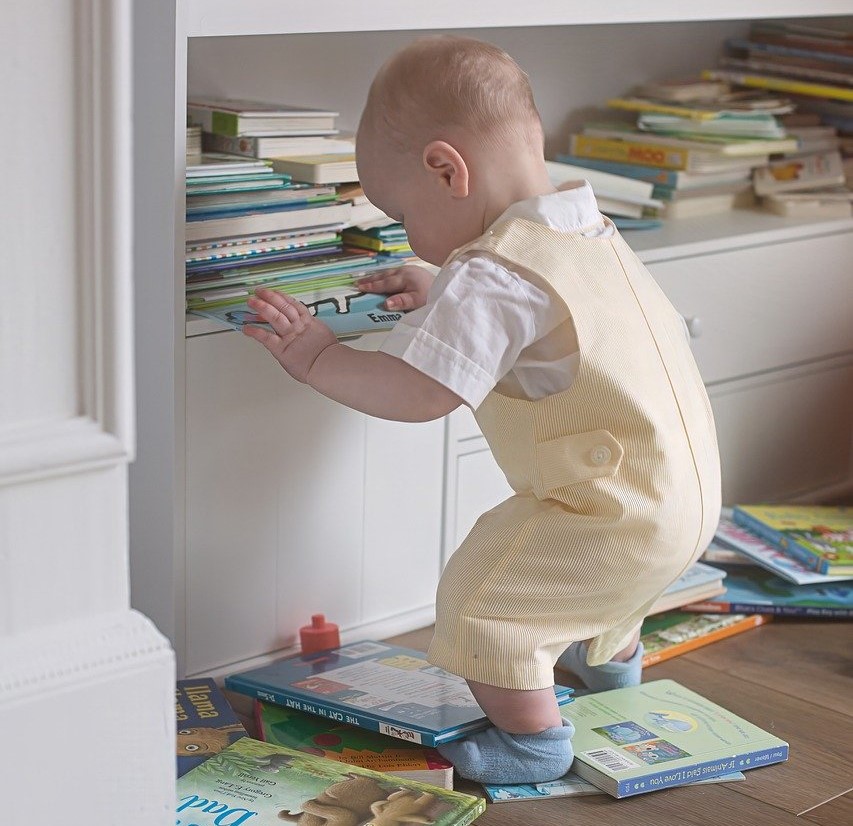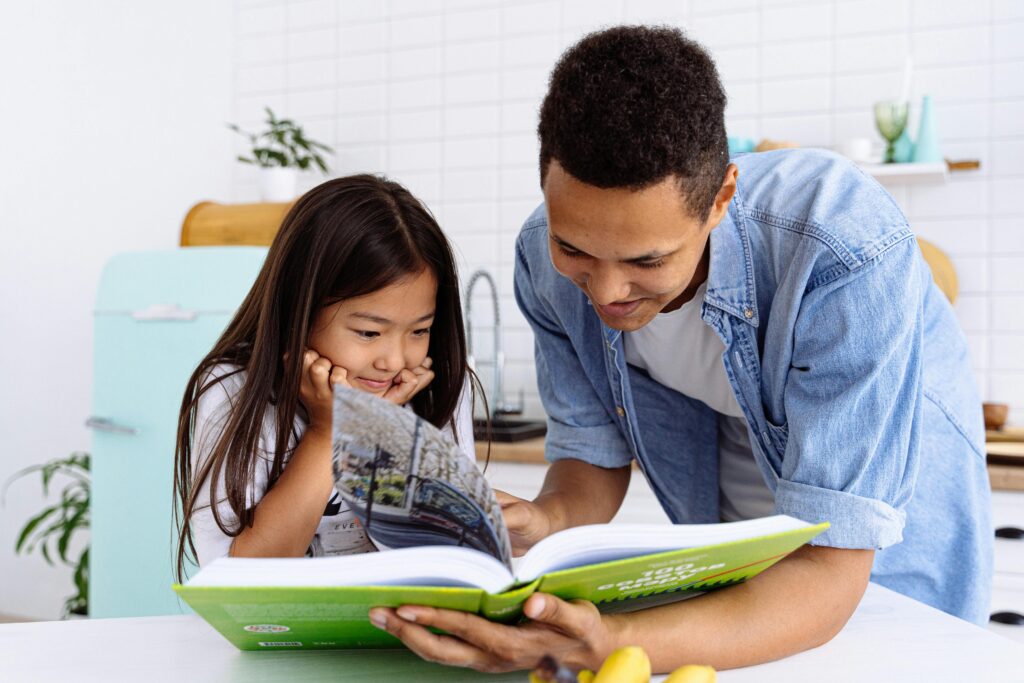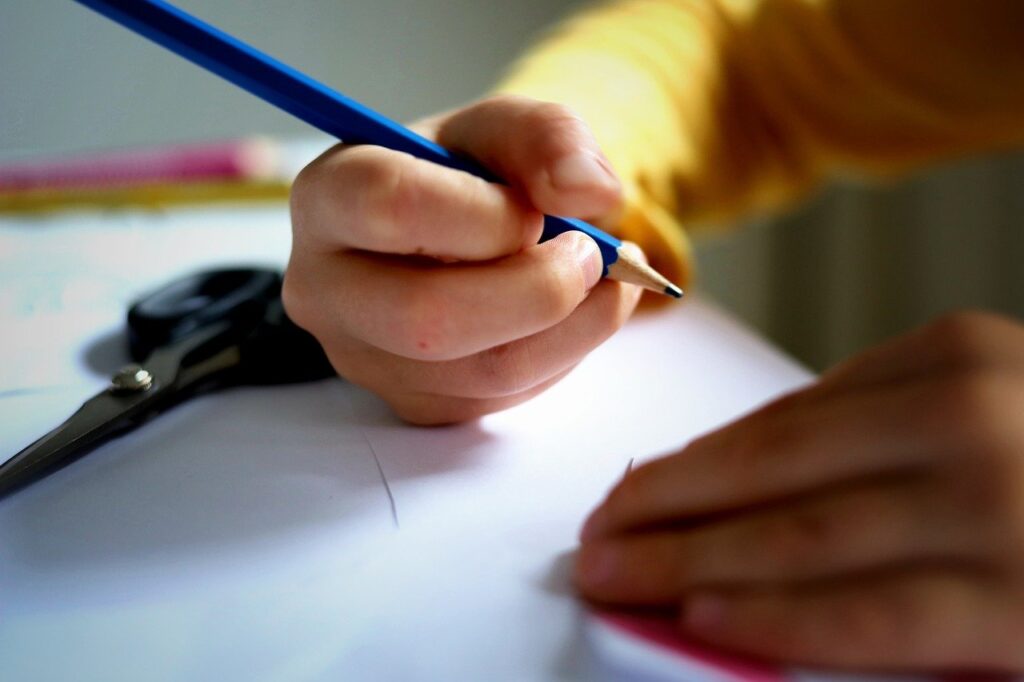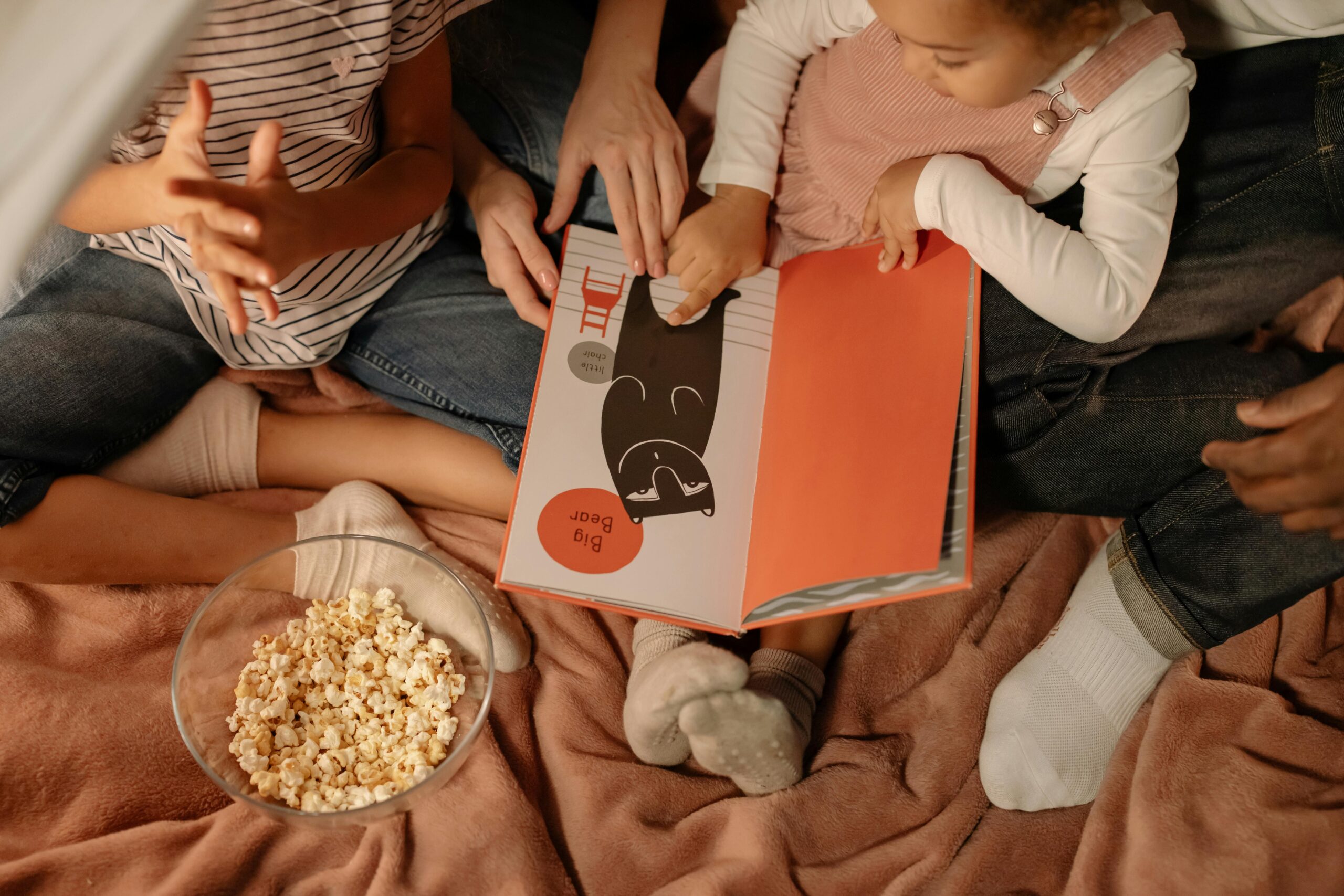As parents, it’s natural to wonder about that moment your child is “ready” to read. We often think there’s a magic formula or a perfect age that signals readiness. This belief can lead to stress and unnecessary pressure for both you and your little one. But here’s the thing: learning to read is a beautiful, organic process, not a milestone that happens overnight. There’s no specific point where a child suddenly becomes ready. Instead, you can focus on creating a nurturing environment that gently guides them into the joy of reading. Let’s dive into ten simple yet profound daily practices that will help your child embark on this exciting journey with confidence and love.
1. Create a Book-Lovers Haven

Fill your home with books, magazines, and other printed materials. Keep books in every room and within easy reach. If you don’t have many children’s books of your own, that’s ok. Head to your local library and take out a new stack of books weekly. Do you have a few extra dollars this month? Check out resale stores or garage sales. I’ve found some amazing books for just pennies. Create a special place for those books. A bin that is just for books. Add a few blankets, pillows, and stuffed friends to make reading time comfy. If you’ve started to collect more books of your own, create a special place in every room of your home. Having books at their fingertips sparks curiosity and provides endless opportunities for your child to explore and what makes reading so exciting.
Check out this post do you Want to Spark Your Child’s Love for Reading? Check out our Expert Book Series Picks!
2. Read Aloud Together Every Day

One of the most delightful ways to help your child develop reading skills is by reading aloud together. Choose a variety of engaging and age-appropriate books. Is your child in their dinosaur stage? Grab a stack of dinosaur books from the library to read together. Are your car rides filled with questions about why the flowers are all different colors? Gather books about flowers and gardens, both fiction and non-fiction. As you read together you will not only build your child’s vocabulary but help their future reading comprehension by giving them the background knowledge that is crucial as they get older. The added bonus is that, together, you are creating a bond and memories that you will never forget.
- Take a look at some of my favorite books … Wonderful Children’s Books to Inspire Young Minds
3. Talk About the Stories You Read
Engage your child in conversations about the books you read together. Before you begin, preview the book and talk about what may be happening. Connect the book to something in their own life. Ask open-ended questions about the story, characters, and illustrations. This practice nurtures critical thinking skills and deepens their understanding and enjoyment of the stories. You can also bring the stories to life. Use fun voices when reading. Have your child chime in when there are repeating phrases.
- Keep an eye out for my upcoming post showing you “How to Read with Your Child”
4. Model Reading Behavior

Let your child see you reading—whether it’s a book, a newspaper, or even a recipe. Keep your own books and magazines around the house. When you have a spare moment, put down the phone and pick up a book. Your actions reinforce the idea that reading is an important and enjoyable part of everyday life, making it more likely they’ll want to join in.
5. Play Word Games
Make learning fun by incorporating word games into your daily routine. Games like rhyming, word matching, tongue twisters, or even a simple “I Spy” with letters and words can build phonemic awareness and turn learning into a playful adventure.
6. Encourage Scribbling and Writing

Give your child plenty of opportunities to write, draw, and scribble. It can be as simple as your child writing their name on their color page masterpiece! Or writing the names of what they see in their pictures. They can keep a summer park visit journal to draw a picture of their day and write the name of the park. They can even help write and few things on your shopping lists. These activities not only develop fine motor skills but also help them understand how letters and words come together.
7. Sing Songs and Nursery Rhymes
Songs and nursery rhymes are fantastic tools for developing phonological awareness. The rhythm and repetition help children recognize sounds and patterns in words, laying a strong foundation for reading. According to the Center for Early Literacy Learning, “Research in early literacy reveals that Jack and Jill, Hickory Dickory Dock, Humpty Dumpty, and a host of other nursery-rhymes can be instrumental in boosting young children’s ability to master pre-reading skills.” Nursery Rhymes are an amazingly fun way to play with sounds and words. Learn some together, today.
8. Be Patient and Supportive
Every child progresses at their own pace, and that’s perfectly okay! Celebrate their small achievements and be patient with setbacks. Your encouragement and positive reinforcement will build their confidence and motivate them to keep going.
9. Visit the Library Regularly

Make library visits a fun and regular part of your routine. Let your child explore different types of books and choose what interests them. Add some variety and explore different libraries, while you’re at it. Many libraries often have reading programs and activities that can further encourage your child’s love for reading as well as give them experience new learning experiences with a variety of adults and children.
10. Take your reading to new places

How many amazing places can you help your child find to read books? Can you build a fort with couch cushions and climb underneath to read some books? How about under their beds? On the stairs? At a ‘book picnic’ in the backyard? Or even under a tree? Are you folding laundry? Let your child climb in the middle of the pile with a favorite book while you work. Better yet, have then ‘read’ the book to you. Books can be a part of everyday life. Help make reading an mini adventure.
Remember, the journey to reading is unique for every child. By adding these simple yet beneficial practices into your daily routine, you create a warm and supportive environment that nurtures your child’s love for reading. There is no definitive “ready” moment—embrace the process and celebrate each step your child takes towards becoming a confident and enthusiastic reader. Your support and encouragement make all the difference in this wonderful adventure.
Side notes:
Lastly, are you interested in the formal educational aspects of reading readiness sign and how to help? Keep watching because soon you will be able to join me as I nerd out and give you all the details and concrete ideas in our upcoming Kindergarten Together course.



